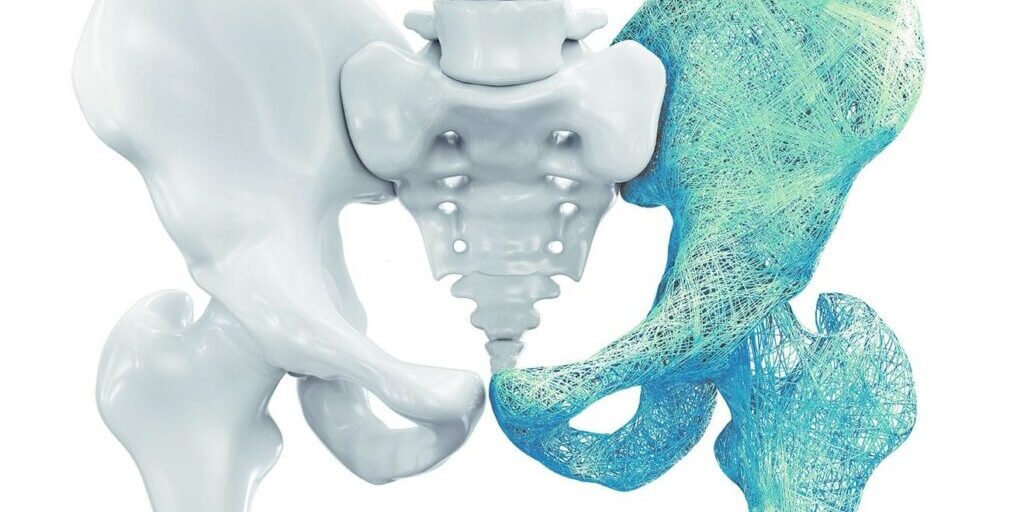Helping to stem the tide of fractures in the Asia Pacific – the world’s most populated and fastest ageing region
The Asia Pacific Consortium on Osteoporosis (APCO) launched a Bone Health QI Tool Kit for healthcare professionals (HCPs) this week, to promote quality improvement (QI) of osteoporosis care.
Designed to help stem our regional bone health crisis, the APCO Bone Health QI Tool Kit features multiple components in the screening, diagnosis, and management of osteoporosis.
“A perfect storm of a rise in osteoporosis among Asia-Pacific populations is expected to occur due to the
region’s rapidly ageing population, mounting urbanisation, and subsequent increase in sedentary lifestyles,”
said Dr Manju Chandran, APCO Chairperson, and Director of the Osteoporosis and Bone Metabolism Unit, Singapore General Hospital, Singapore.
“A recent analysis of nine Asian countries and regions reveals the number of hip fractures will more than double from 1.13 million in 2018, to 2.54 million in 2050, primarily due to changing population demographics.”
The APCO Bone Health QI Tool Kit is based on seven selected standards from The APCO Framework that apply to the clinical setting. Implementation of the QI will be through iterative Plan-Do-Study-Act (PDSA) cycles.
“Once the audits are completed, HCPs and medical centres can commence implementing changes to their clinical practice. APCO is in the process of engaging QI experts to help train APCO members to perform such projects in their individual medical centres and practices,” Dr Chandran said.
The tool kit will enable these auditing exercises to be undertaken to establish levels of adherence with those standards of care within The APCO Framework that can be implemented directly into clinical practice.
“The proportion of the Taiwanese population over 50 years of age is expected to increase from 32 per cent (7.5 million) in 2013, to 57 per cent (11.9 million) in 2050,” said Professor Derrick Chan, Co-Chair of the Asia Pacific Fragility Fracture (APFFA) Joint Steering Committee, APCO Committee member, and Director, Department of Geriatrics and Gerontology, National Taiwan University Hospital (NTUH), Chinese Taipei.
“Given the current increasing incidence of osteoporosis amongst our population, our country now has the highest prevalence of hip fracture of any country in Asia, which is also higher than the world’s average.
“The likelihood of successfully creating change to stem this bone health crisis will rest largely upon the efforts of HCPs to engage their peers to work towards shared goals. Articulating the benefits of the APCO Bone Health QI activity can help promote engagement and cooperation,” Dr Chan said.
“The critical factors to success include having a supportive organisational culture, good design and planning, and follow through on results, ensuring the data collection is meaningful and achievable.
“Data collected through the audit should be used to benchmark practice against the standards recommended by
The APCO Framework. This will show stakeholders that the audit was worth the effort, and that it contributed to tangible change,” said Dr Chan.
The APCO audit focuses on investigating the patient pathway, identifying the gaps or missed opportunities for patients at risk, and then the PDSA activity is used to improve quality of care and to formulate recommendations.
“It is hoped that lessons from implementing these clinical standards at the institutional level will be key to achieving change at the national level, through the development, or revision of national guidelines, and policy change,”
Dr Philippe Halbout, CEO, International Osteoporosis Foundation, Switzerland said.
“These coordinated systems of care aim to identify, treat and monitor patients with osteoporosis.
Timely intervention can reduce fractures by up to 50 per cent, deliver substantial financial savings, and ultimately, save lives.”
Osteoporosis is greatly under-diagnosed and under-treated in Asia, even among those at highest risk who have already fractured.
The APCO Bone Health QI Tool Kit focuses on closing this gap by:
- Understanding the baseline variables and current state of osteoporosis care in any given institution or health care practice.
- Enabling benchmarking clinical practice against The APCO Framework, evidence-based clinical practice guidelines or established protocols for the chosen standard of care.
- Using the findings to then improve the quality of care through iterative PDSA cycles.
- Using the lessons learned from implementation of the APCO Clinical Standard at an institutional level, to build momentum and work towards inclusion of the quality improvement/clinical standard in national guidelines, and lobbying for funding and policy change, as appropriate.
Practically, PDSA cycles are a quality improvement strategy that tests a change on a small scale. The PDSA builds on the learning from test cycles in a structured way before implementation on a wider scale.
The PDSA cycles are iterative. Each cycle involves the following four stages:
- Plan – developing a plan to test the change;
- Do – carrying out the test;
- Study – observing and learning; and
- Act – planning the next change cycle or full implementation.
“Assessment of adherence to pharmacological treatments that are recommended in new or revised osteoporosis clinical guidelines should be undertaken on an ongoing basis, after initiation of therapy, and appropriate corrective action can be taken if treated individuals have become non-adherent,” advised Dr Chandran.
Every patient living with osteoporosis and/or a fragility fracture passes through several points on their journey from diagnosis, through to treatment and follow-up. The interface of this pathway with other entities, for example, referrals to other care givers or departments, post- discharge follow-ups, are also important considerations in the quality of care received.
For further information about the APCO Bone Health QI Tool Kit, and to request access to the kit, head to: www.apcobonehealth.org.





